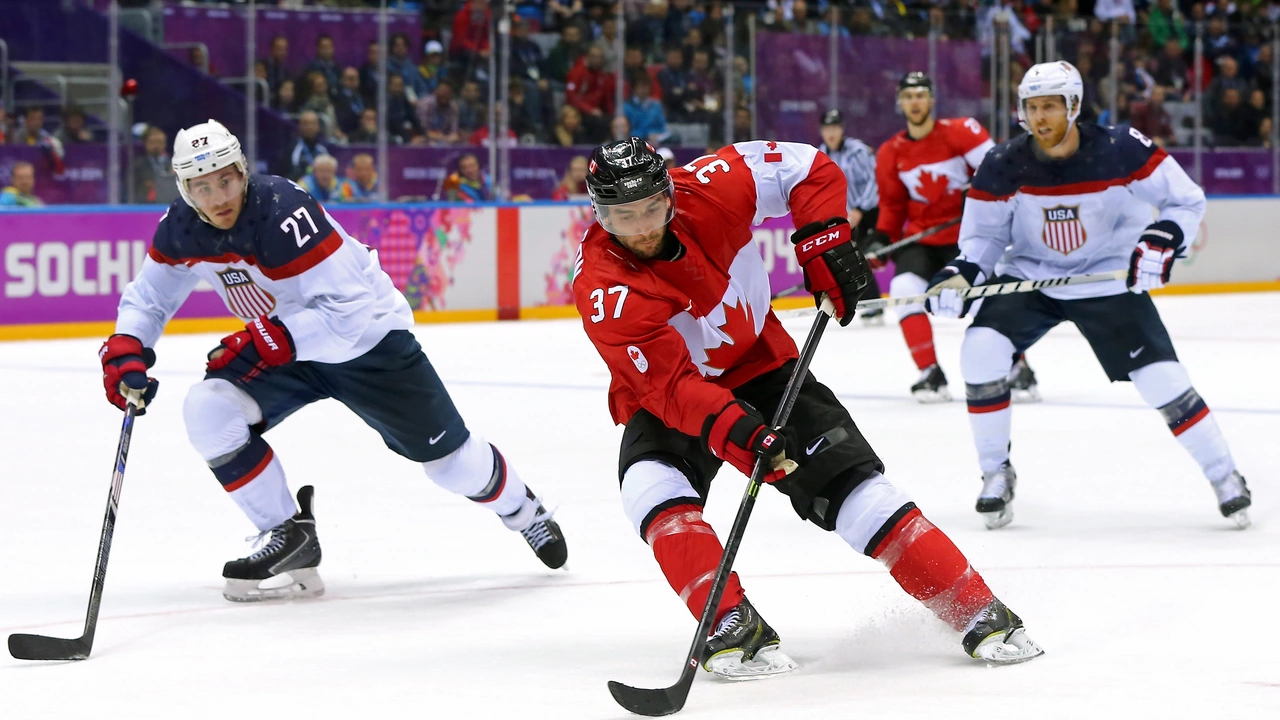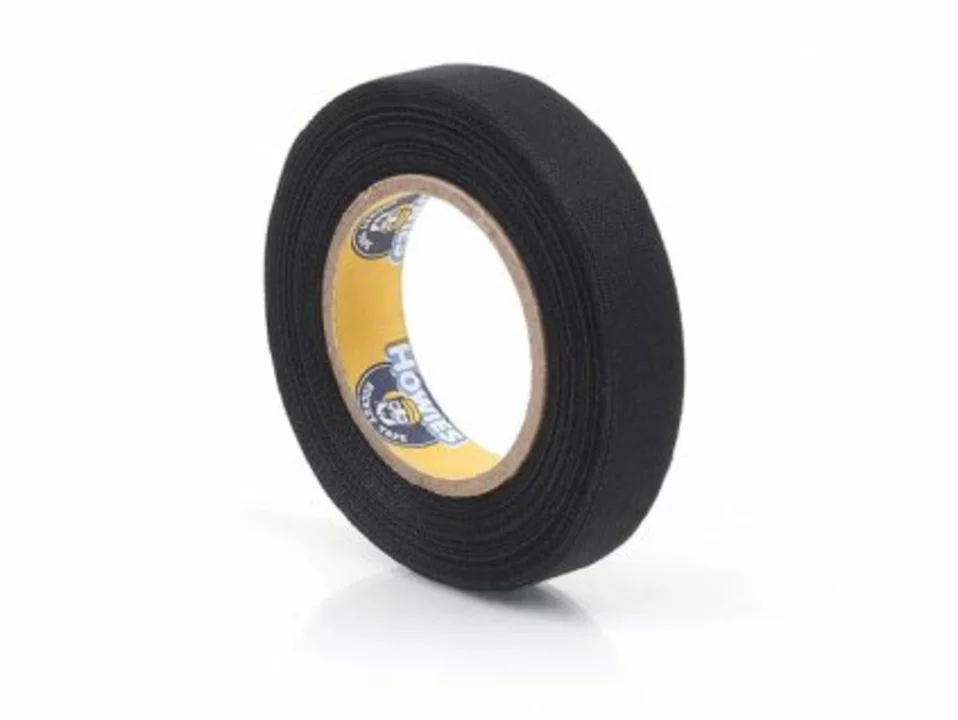May 2023 Archive: Hockey Insights & Tips
Welcome back, Lions fans! This month we dug into two questions that pop up a lot on the rink and the pavement. First, we looked at why ice is the home turf for hockey. Then we tested whether a regular stick covered in tape can survive a street game. Grab a coffee and get the fast‑forward rundown.
Why is hockey played on ice?
Ice isn’t just a cool backdrop – it’s the engine that makes hockey feel like flying. The frozen surface lets players glide with barely any friction, so the puck can zip from one end to the other in a flash. That speed forces quick decisions, sharp passes, and daring moves, which is why fans stay glued to the action.
Historically, the game grew out of stick‑and‑ball contests on frozen ponds. When the ice melted, the rules stuck, and today’s rinks mimic those natural lakes with a perfectly flat, low‑friction sheet. The ice also acts as a natural barrier; the puck can’t sink or bounce erratically, so it stays in play and the game flows uninterrupted.
From a player’s view, the cold surface reduces wear on the skates and the puck, extending equipment life. It also creates a unique feel under the blades – a subtle vibration that seasoned skaters use to gauge their speed and balance.
So, the next time you watch a sprint down the wing, remember it’s the ice that gives hockey its signature blend of skill, speed, and strategy.
Can I use this as a street hockey stick if I put tape over it?
Ever grabbed a regular ice hockey stick, wrapped it in tape, and wondered if it could survive a street session? We tried it, and here’s the lowdown.
Adding tape does give the blade a bit of extra grip, which helps the puck stick to the surface a little better. It also cushions the stick from scratches on rough pavement. However, a street hockey stick is built with a tougher blade, often made from durable composites or reinforced wood that can take repeated impacts without warping.
In our test, the taped stick held up for a few games, but the tape wore off quickly, exposing the blade to the grit. After a short run, you’ll notice chips and a loss of stiffness – the stick starts to feel floppy, and shots lose power.
If you’re just looking for a quick fix when a proper stick isn’t around, taping a regular stick can get you on the pavement for a handful of games. For anything regular, though, investing in a dedicated street hockey stick will save you money and frustration in the long run.
Bottom line: tape works as a temporary hack, not a permanent solution. Keep a street stick in your bag if you play often, and use the taped stick only when you’re in a pinch.
That’s the May roundup. Whether you’re gliding on ice or hustling down a concrete lane, Lipson Lions has your questions covered. Stay sharp, stay safe, and keep the stick on the ice – or the pavement – where it belongs.

